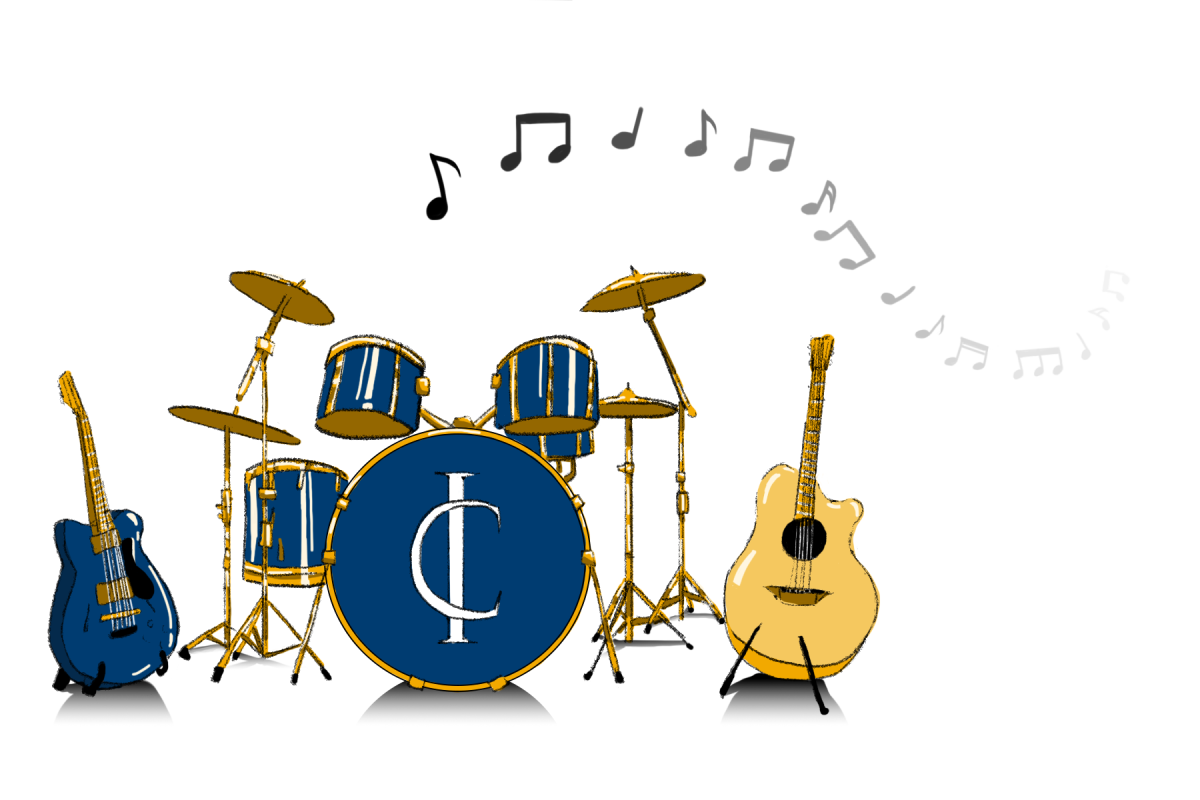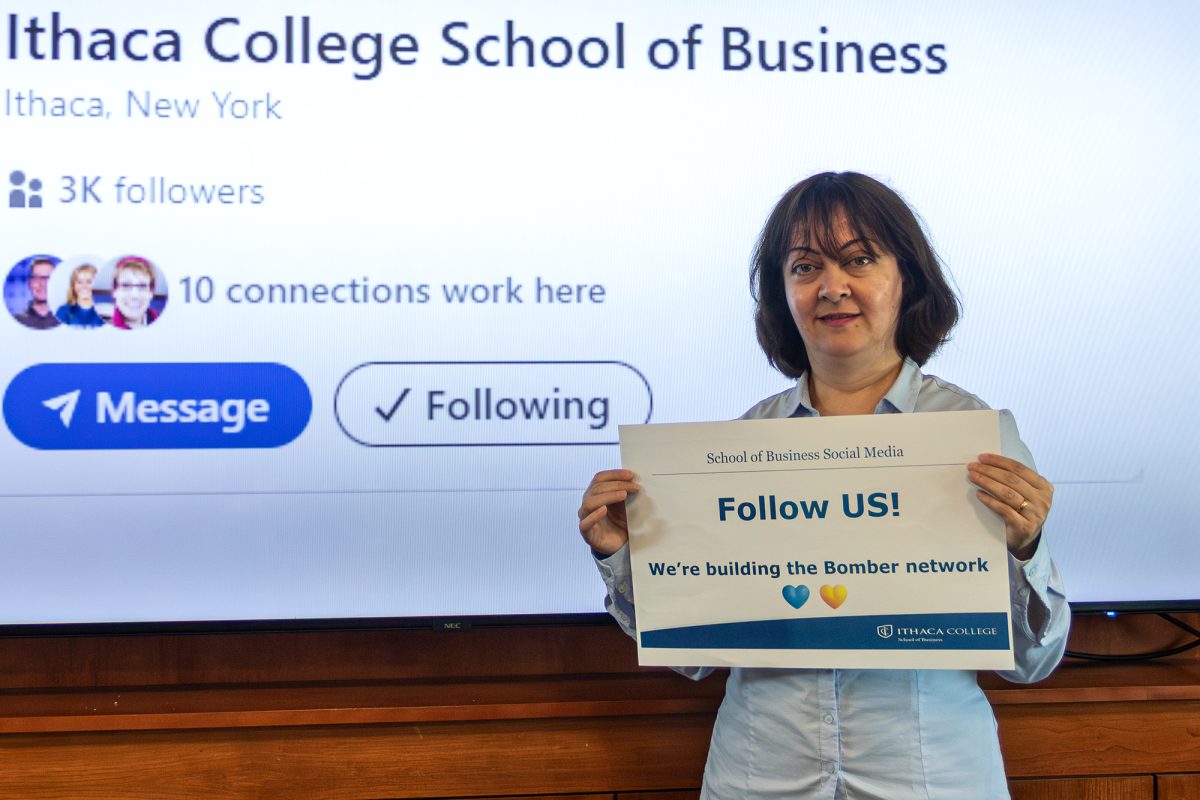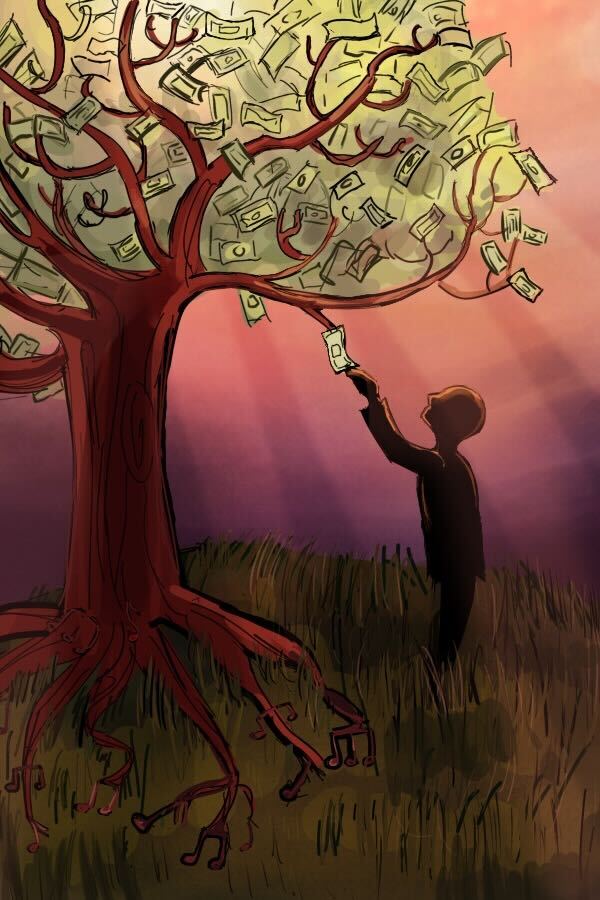I don’t know how many times I’ve “liked” something on Facebook. Most of the time it tends to be an awkward picture of someone falling asleep in class or an inside joke about the past weekend’s shenanigans, but for the most part, my “likes” never amount to anything meaningful.
A year after Facebook spread its “like” button around the Web, Google has stepped into the picture with the goal of one-upping the likeable face of social networking, and giving my mouse clicks purpose.
On March 30, Google released its own rival to the “like” button — the “+1.” The “+1” button, currently an opt-in service available for users with a Google Profile, is integrated into Google’s search engine and gives users the option to “+1” results and ads they like.
Google’s new button, unlike Apple’s iPad 2, is in bountiful supply. The small “+1” icon appears immediately after a link in search results. Once clicked, it will show that you have “+1’d” the link to a user’s Google Contacts in Gmail, Talk, Reader and Buzz.
This may appear to be the next logical step for Google to put its own spin on the content that is being shared through social media. A quick search for “Sophia Bush” will display several links my friend Andy has shared or retweeted. He didn’t plan on directly sharing that with me through Google, but rather Google saw his connection to me and highlighted his tweet.
The addition of the “+1” button will bring another dynamic of content sharing across the web. The “+1” recommendations not only influence the ranking of results based on social connections and link the content to who shared them, they also give users a smarter search with links displaying the aggregate number of “+1s” from all people — not just a user’s social network.
But Google is taking its new button one step further. In the coming months, Google is planning to give website owners the option to embed a “+1” button alongside their content, similar to Twitter’s tweet and the infamous “like” thumbs-up button. When a “+1” button is clicked on any website, that click is recorded and reflected in the search results of that user’s social circle. This is where Google trumps Facebook.
Since “+1” clicks will ultimately affect a website’s rank in Google search results, a widespread adoption of the button is inevitable. Both Facebook and Google’s platforms, in terms of buttons, are structured around driving traffic to a website through their millions of users. But for individuals looking to benefit from what their friends like — aside from Rebecca Black’s “Friday” music video — Google’s new button is a “+1” step in the right direction.
Andrew Weiser is a senior journalism major. Email him at [email protected]







